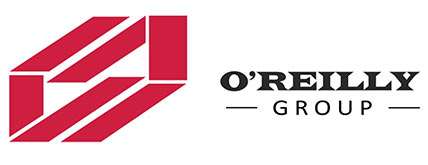COMPLIPLUS
ISO 9001:2015
Compliplus can assist your organisation to meet the ISO 9001:2015 standard. We help you to plan the processes, identify how they relate to each other, set goals, make improvements and monitor the procedures.
ISO STANDARDS
ISO 9001:2015
Compliplus can assist your organisation to meet the ISO 9001:2015 standard. We help you to plan the processes, identify how they relate to each other, set goals, make improvements and monitor the procedures.
It sets out the essential requirements for a practical and effective Quality Management System (QMS) which is, in essence, a system for minimizing risk and maximizing opportunity. ISO 9001 is suitable for any organisation regardless of its size and industry. While it can be used to focus on improving performance in a particular department or site ISO 9001 is generally most effective when implemented throughout an organisation at every level.
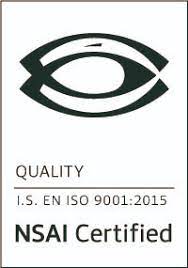
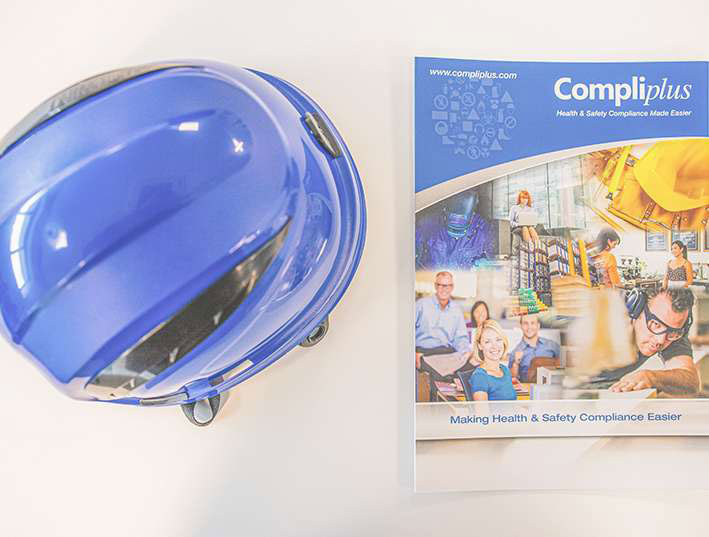
ISO 9001:2015
Why do companies need ISO Standard?
It is the international standard for quality management systems, which ensure the needs of your business’s customers are being met.
You can download the following guide by clicking: NSAI Guide to ISO 9001:2015
Get in touch with us to know more about how Compliplus can assist your organisation with ISO 9001:2015 implementation.
COMPLIPLUS
ISO Standards
- ISO 9000:2015 – Fundamentals and Vocabulary, this standard describes the fundamental concepts and principles of quality management.
- ISO 9001:2015 – Requirements, which specifies the criteria for certification
- ISO/TS 9002:2016 – Guidelines for the application of ISO 9001:2015
- ISO 9001:2015 for Small Enterprises – What to do?
- Increase in your organisation’s performance and productivity – certification improves efficiency through reduction of waste and systematic measurement of performance. Having a robust system in place gives more time to invest in performance & productivity
- Enhanced customer satisfaction – Customers know what to expect from a quality certified company. ISO 9001 systematically tracks errors and prevents them thus reducing the number of customer complaints
- Global recognition – ISO 9001 is a globally recognised quality standard that can open new market opportunities or help to maintain current market share. Certification also attracts investment > Employee engagement – An ISO 9001 Quality management system encourages communication and increases morale among the employees
- Competitive advantage – certification provides an advantage over competitors or the opportunity to compete on the same basis as larger organisations (e.g. ability to tender or submit price quotations)
- Focus on objectives and customer expectations – greater emphasis on meeting customer requirements and implied needs through continuous incremental improvement
Ease of integration with other management systems
Risk-based thinking enables an organisation to determine the factors that could cause its processes and its quality management system to deviate from the planned results, to put in place preventive controls to minimise negative effects, and to make maximum use of opportunities as they arise.
It is most likely that an organisation already has a quality management system but it is probably informal and not well documented. ISO 9001 provides a more systematic approach to achieving organisation’s objectives.
It should not result in excessive bureaucracy, paperwork or lack of flexibility nor should it be a financial burden. Quality management systems should be considered an investment as the return on investment will be in terms of the previously mentioned benefits and improvements.
A documented quality manual is optional. However, an organisation must provide documented
information as required by the standard (ISO 9001:2015) The organisation is required to set out clear plans as to how they will achieve the quality objectives. The purpose of this planning process is to insure you meet your objectives and targets including customer requirements and prevent non-conformities from occurring – for both products and services. You determine the risks and opportunities that confront your organisation in delivering its products or services and plan actions to address them.
The organisation is required to set out clear plans as to how they will achieve the quality objectives. The purpose of this planning process is to insure you meet your objectives and targets including customer requirements and prevent non-conformities from occurring – for both products and services. You determine the risks and opportunities that confront your organisation in delivering its products or services and plan actions to address them.
An organisation may utilise various types of documented information to capture their planned actions such as:
- Quality Policy, mission, vision, goals, and purpose statements
- Strategy, business plans and operations plan
- Operating procedures, work instructions, flow charts including KPI’s
- Software programmes and schedules, drawings, registers and checklists
- Internal audits, non-conformance analysis, the customer feedback loop.
An organisation may utilise various types of documented information to capture its planned actions such as
- Quality Policy, mission, vision, goals, and purpose statements
- Strategy, business plans and operations plan
- Operating procedures, work instructions, flow charts including KPI’s
- Software programs and schedules, drawings, registers and checklists
- Internal audits, non-conformance analysis, and the customer feedback loop.
ISO STANDARDS
What We Do
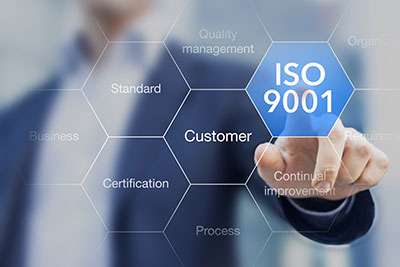
ISO 9001
Improve quality, customer satisfaction, and efficiency. Our experts guide you through ISO 9001:2015 implementation, ensuring compliance and operational excellence.
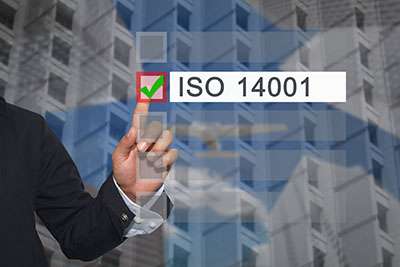
ISO 14001
Protect the environment and improve sustainability. Our consultants help you implement ISO 14001:2015, ensuring compliance and effective environmental management.
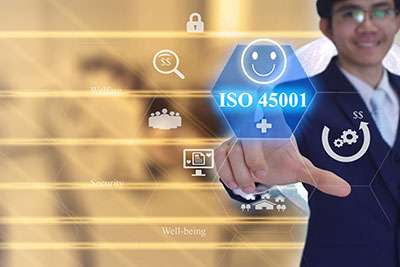
ISO 45001:2018
Ensure a safe and healthy workplace with our ISO 45001:2018 consulting services. We help you implement effective occupational health and safety management systems.

HACCP Food Standard
Safeguard your food products with our expert HACCP consulting. We help you identify and manage food safety risks, ensuring compliance with industry standards and protecting consumers.
SUCCESS STORIES
Testimonials & Case Studies
“Compliplus has been very beneficial in assisting us with safety training, safety compliance and quality. Working in
Healthcare, and in particular working in high risk clinical areas, poses significant operational difficulties and
Compliplus has helped us to manage this effectively. In addition, using Compliplus has assisted in achieving and
maintaining international standards like ISO 9001 and OHSAS 18001.”
– Mark Byrne – Managing Director
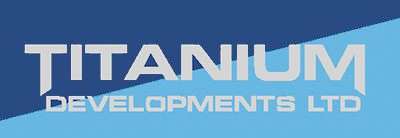
“Paddy, Colin and the team have gone above and beyond their duties to help us get training completed. They have also been a huge help outside of the training field including helping with safety documentation and keeping us up to date with current legislation. They have dealt with us in a very professional manner from the original contact stage right through to the rolling out of the programme”
– Ashling McCardle – Health & Safety Manager
